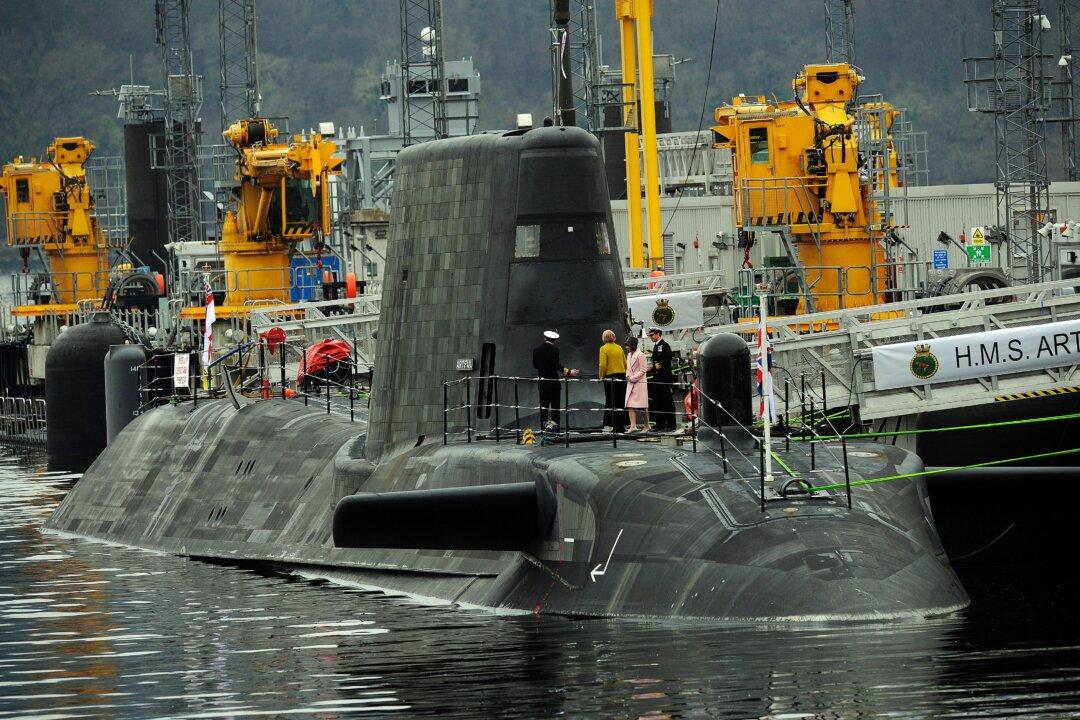LONDON—Britain’s nuclear deterrent is “not fit for purpose,” a report by the country’s Parliament has found.
The report from the public accounts committee found that maintenance had been delayed at 13 sites that support nuclear submarines.

LONDON—Britain’s nuclear deterrent is “not fit for purpose,” a report by the country’s Parliament has found.
The report from the public accounts committee found that maintenance had been delayed at 13 sites that support nuclear submarines.